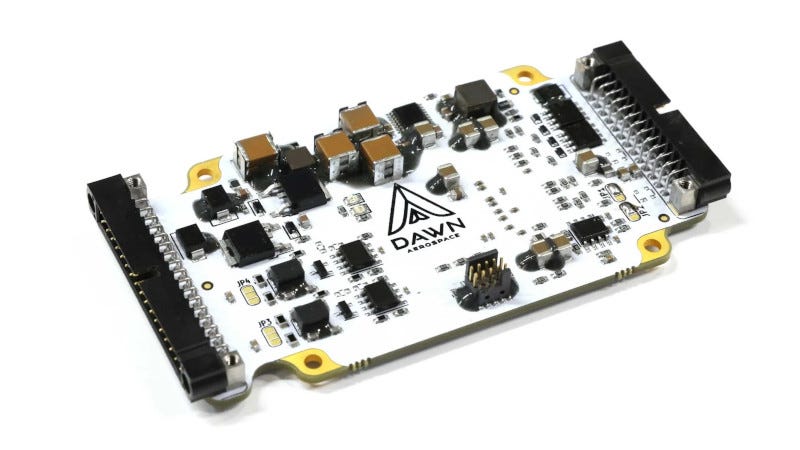Radiation-Tolerant Electronics Qualified by Dawn Aerospace
Will be Installed in the Company's SatDrive Propulsion Systems
Development and qualification of radiation-tolerant electronics has been completed by Dawn Aerospace for its SatDrive propulsion systems, paving the way for missions beyond Low Earth Orbit (LEO) to Geostationary (GEO) and Cislunar space. This milestone follows a rigorous testing campaign, including radiation test campaigns at leading facilities in the N…




